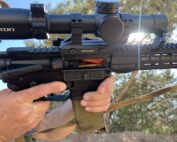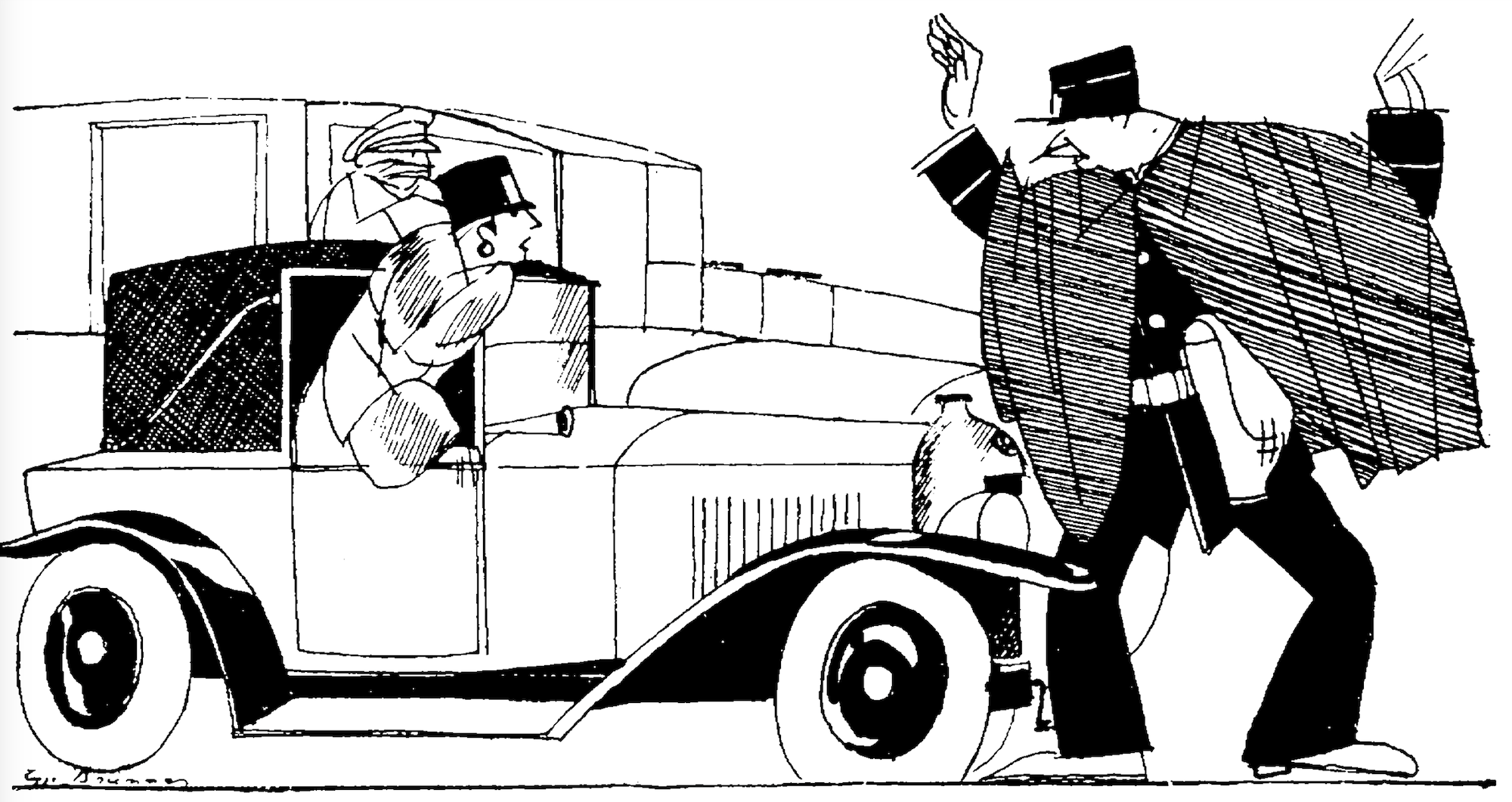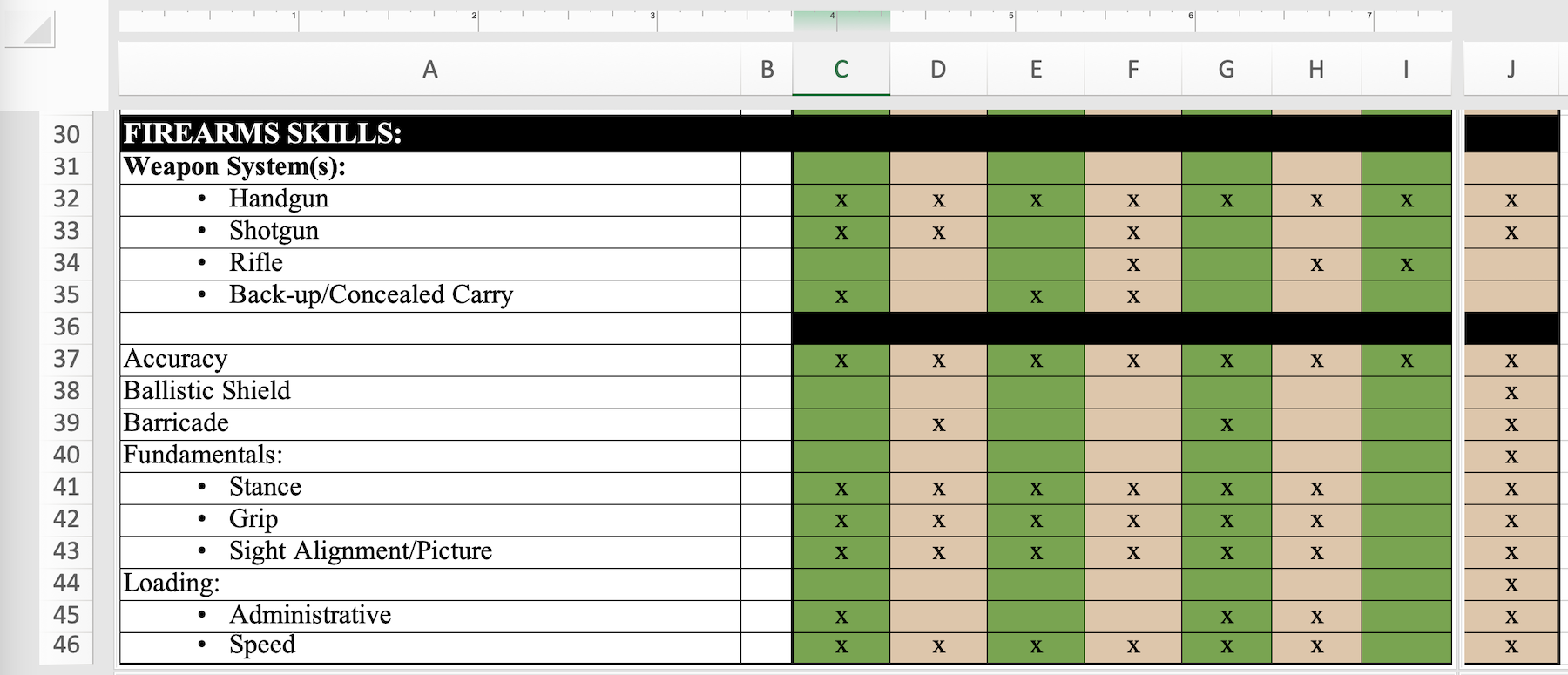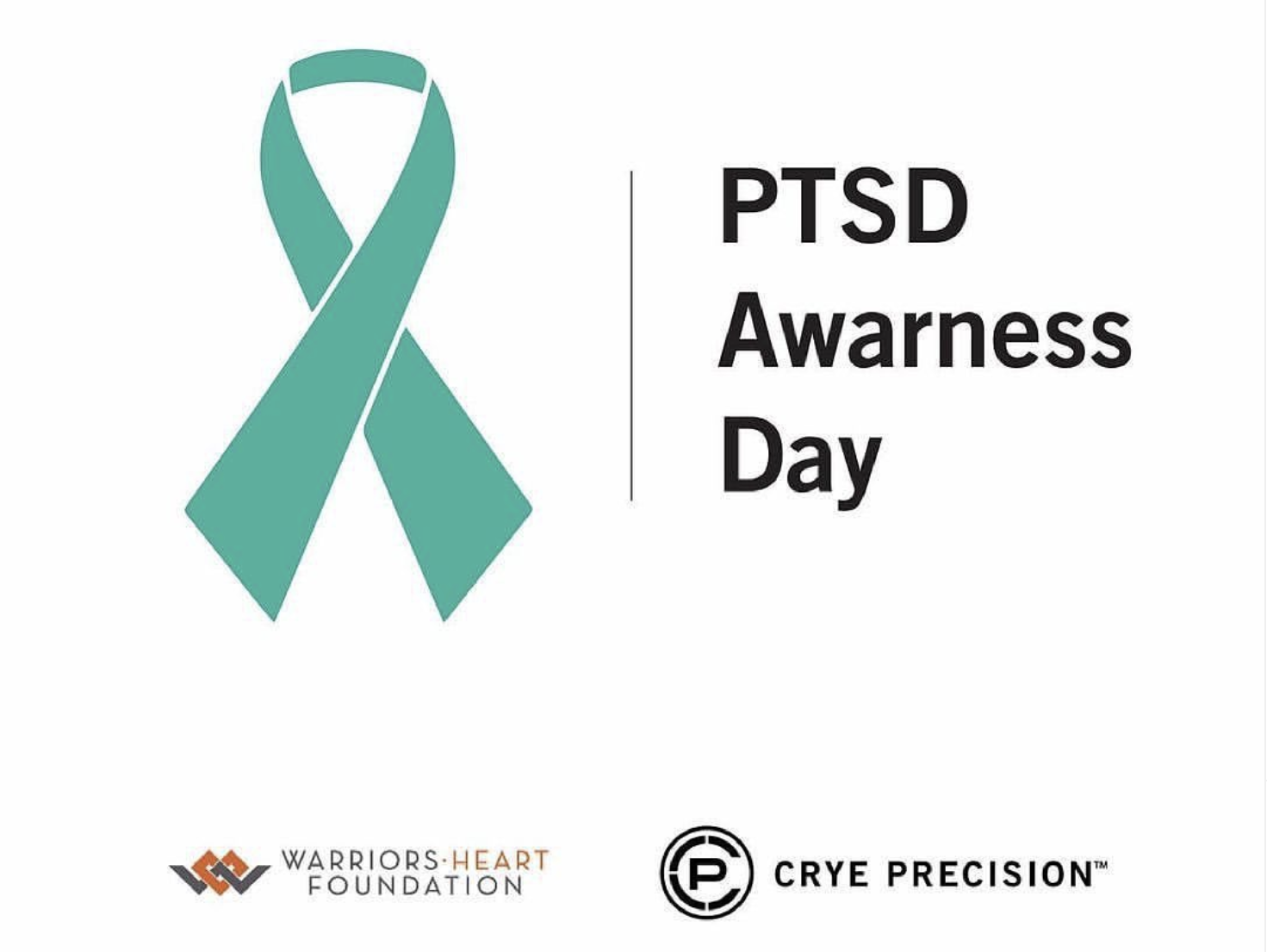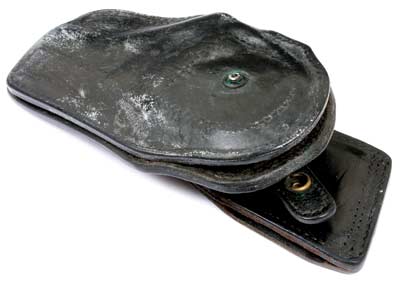
PUB-leather-clip
If you’ve been around a decade or two, you’ll likely have used “real” leather as uniformed duty gear. And while the subliminal delight of old-school leather holsters and belts is something I’ll certainly admit to, there’s much to be said for more modern synthetics. Things like lightweight, rugged, easy to clean and such are all true statements when it comes to plastic. Still, if you’re like me, the first thing you do when you open a bag with a new leather holster in it is to stick it up to your nose for that first, heady hit of real leather smell. Which, by the way, is actually a combination of oils, preservatives, solvents, waxed thread, glue and other smells — likely to explain why us old guys can’t remember anything anymore since all that leather smelling caused permanent brain damage. Nonetheless, the smell can definitely induce semi-swoons and wistful comments from guys with grey in their mustaches.
Which brings us to an important point. And right off the bat, I’ll toss myself under the wagon here and admit to being a guilty party to the main offense I’m about to describe. After carrying your favorite holster, or belt, or mag pouch, or cuff case or whatever for umpteen years — until they’re near-shapeless, complete with broken stitching and missing snaps — we still hate to part with them. “Oh, I’ll fix that snap soon” or “Well, the stitching isn’t too bad, is it?” comments bounce around the squad room. We can be such idiots at times.
We all know these guys, since many of us only have to look in the mirror to see one. But in actuality, more than likely you won’t fix that snap anytime soon, and yes, that stitching really is that bad. Besides, chances are good if you’re carrying a 5-year-old holster (or 10-year-old holster?), design and manufacturing methods have improved, and new technology may offer safer holsters. Interestingly enough, most holster makers have an “unofficial” work-life recommendation for their holsters of around five years. And, for around $100 or so for an average duty rig, that’s only about $20 a year to keep your hide safe, so don’t scrimp.
I remember one traffic cop I knew who had a leather duty rig that must’ve been ten years old or older. He always leaned on the butt of his revolver with his right elbow, pushing it away from his hip, putting strain on the holster/belt-slot stitching. You could see it pulling out. Sure enough, one night in a hospital ER one of his arrestees went sideways and during the fight tore the holstered gun right off the cop’s hip, leaving the belt loop on his duty belt. Other cops who were there pounced, and the bad guy never had time to rip the gun out of the holster. Which would have been easy since it was a simple thumb-break. I had warned the officer about his rig, but he always blew me off.
The next day, he came to work with a squeaky-new Safariland 070 Level III holster. A challenging holster to use, even with practice. I asked him to show me how it worked, and he couldn’t get the gun out without fumbling for 10 seconds or so. I figured that’d happen. I told him he needed at least 500 draws to get the muscle memory. He looked at me blankly. I walked away shaking my head.
Look at your own gear, today. Toss it if it needs tossing. Don’t bet your life on broken-down crap. It’s one of the reasons we’re always telling you about new stuff in our pages. Take advantage of it.
By Roy Huntington
View The American COP November 2012 Issue Now!


